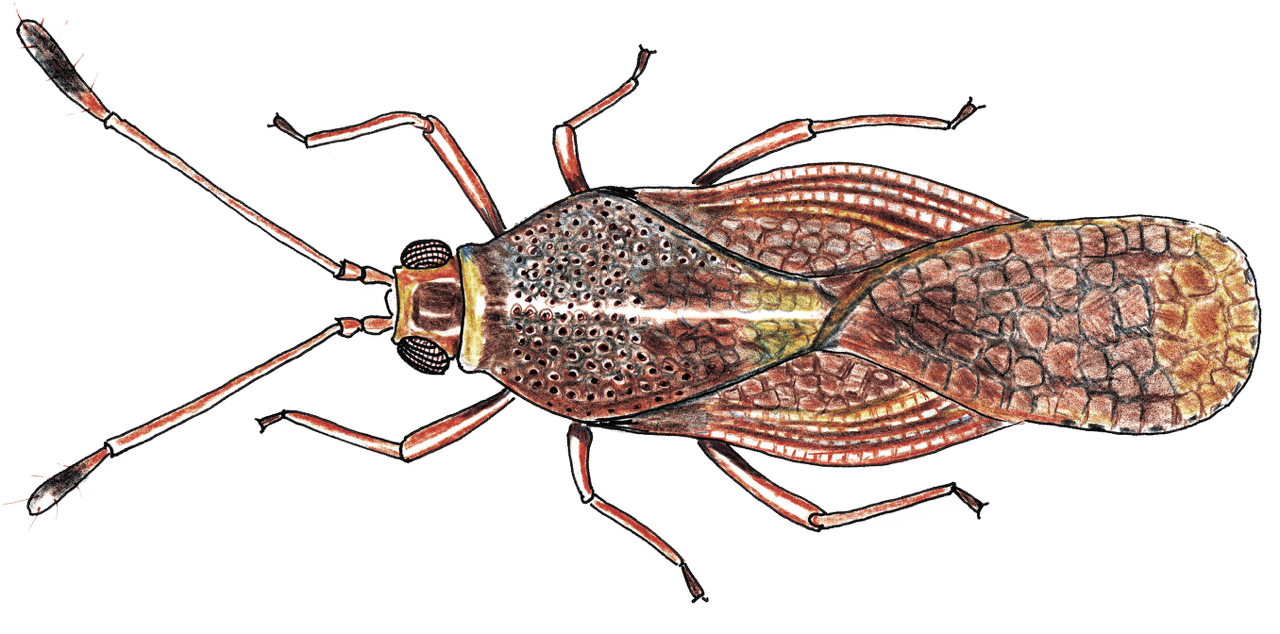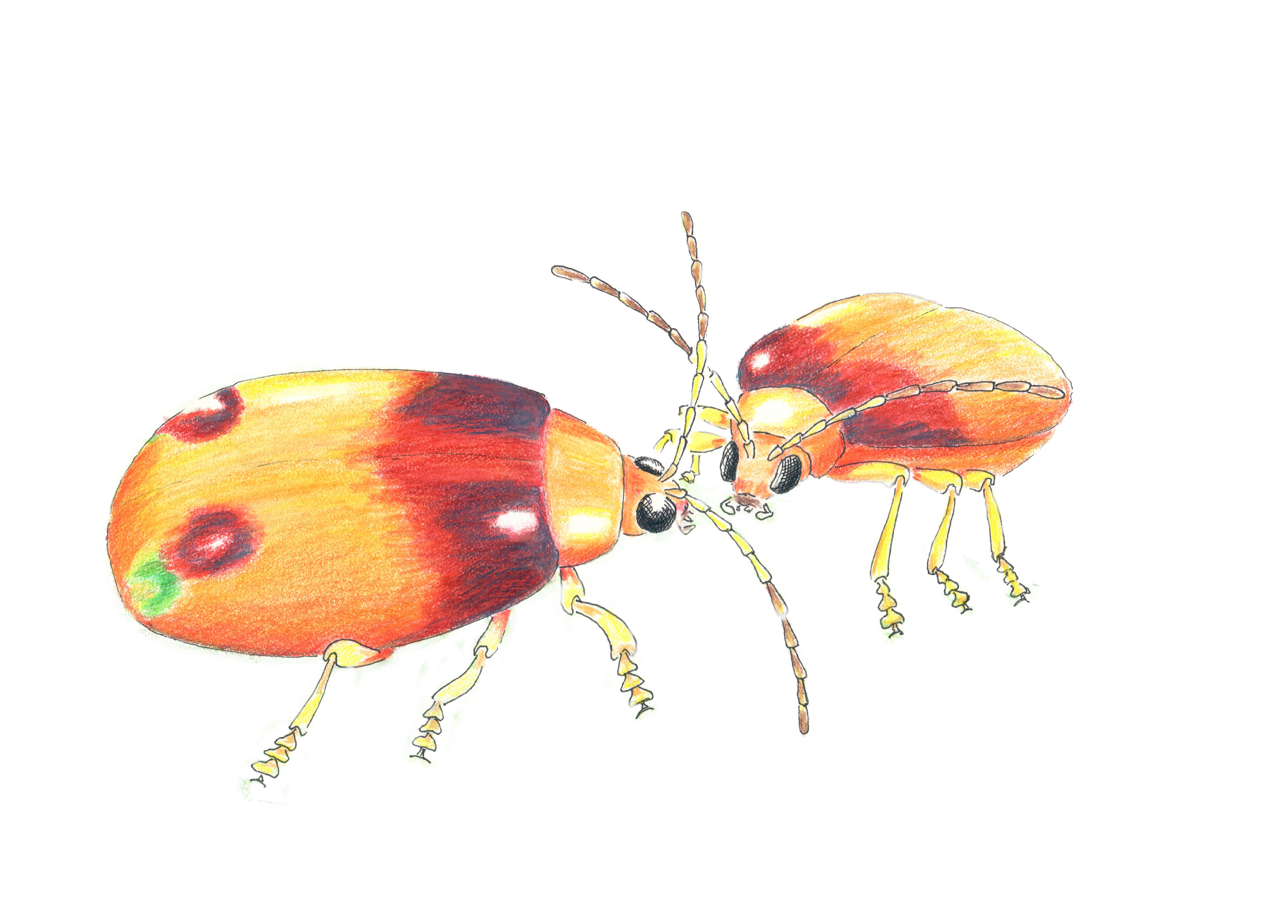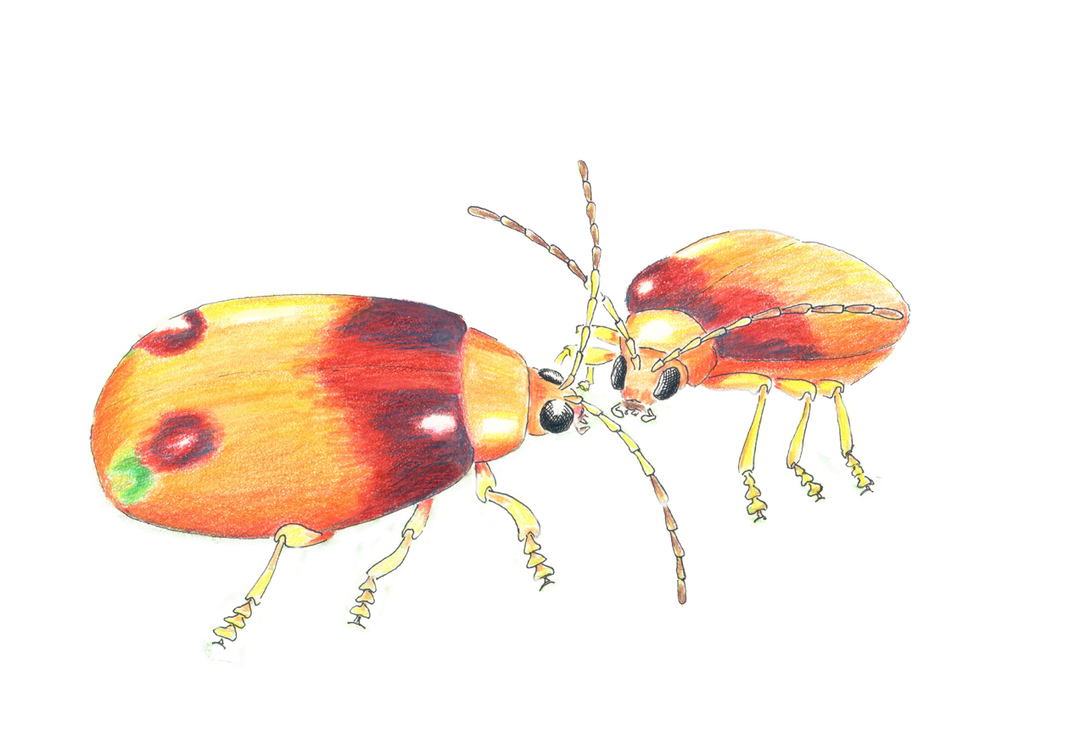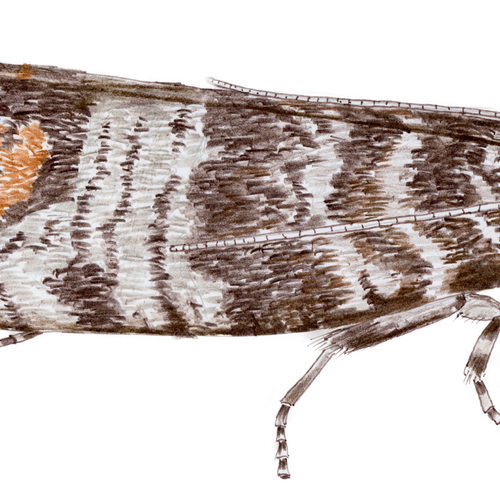Simplifying IPM.
But it’s not that simple … the ‘I’ in IPM stands for integrated which means stuffing whatever will manage pests into the process.
It’s not just using beneficials, and or various types of chemicals in various application equipment, it also should include plant breeding choices, soil factors, timing and yes, physical actions.

If I stopped here, that would be as simplified as it could get. But I have been allocated more space, so read on.
Toward the end of most of my articles on the various pests, I use the headline control and go on to mention the use of beneficial parasites and predators as an option.
The rest of the usual article refers to choosing various insecticidal types broken into systemics which are absorbed by the plant and circulated in the sap stream so any insect which eats any plant tissue is poisoned and dies.
Other insecticides/miticides are essentially contact pesticides meaning you have to actually hit the pest or leave a residue that kills.
The choice between these two types is influenced mostly, but not always, by how long it is until harvest.
Let’s unpack the last paragraph a bit more…
Beneficials do a great job in controlling many/most tree crop pests.
If the pests have too much head start, the beneficials may not ever catch up to gain control before fruit-set; meaning less fruit-set because of insect interference.
Before it gets to that stage and to give the beneficials a chance, the use of a contact only pesticide will take out almost all the pests and a few days later the beneficials can be introduced to feed on the pests that were off the plant at the time, those that have just hatched out or those which otherwise evaded the contact spray droplets. (Obviously, a residual insecticide would kill the newly added beneficials or delay their release).
More on timing later.

All pesticides have a withholding period shown on the label.
This is to ensure there is no residual insecticide in the produce at the time of harvest. Some systemics can be used more than once during the crop development time, others only once.
Contact-only pesticides can be used multiple times.
Sure, they cost you time and money so the calculation you have to make is “if I don’t spray, what will it cost me in lost harvest, and, if I don’t meet my harvest volume and quality commitment to my buyer, what are those consequences?”
Sticking to the insecticides just a little longer, many of your pests overwinter somewhere.
If lice or scales, they may be hiding in the bark, beetle curl grubs are away eating nearby grass roots and thrips, Rutherglen bugs and a host of others are off eating pastures, other native trees/shrubs and the flutterbys, moths, grasshoppers, monoleptas, etc., can swarm in at any time from any and everywhere.
“Having Py-Bo ready in the shed” has almost become a mantra.
But that’s not all…
Pruning has a significant place in the IPM playbook, and you know much more than me about that subject.
My two bob’s worth says olive lace bugs prefer walking over flying… so if your olive tree branches intermingle the spread occurs faster.
Pruning has other insect control or removal benefits but again, you are way ahead of me.
Soil nutrition is another IPM factor.

A tree crop which is thriving has a better chance against insect pests than trees which are struggling.
The soil is the important half of a tree’s contact with its environment.
A malnourished tree is either more subject to insect attack, or less able to overcome the attack.
My so-called other half of the tree’s environment is the weather/climate. Plant breeding has been used to maximise the response to an environment. Choose carefully on this sub-factor of IPM.
Lastly, timing.
My apologies for re-telling the thrip life cycle story so often but it is the perfect example of the need to know your enemy.
Thrips go through four instar nymphal stages between egg hatching and becoming an adult.
When the third nymphal stage has a full belly, it bails out off the plant to find shelter in the soil/mulch where it begins to go through it’s fourth instar; no feeding, all changing.
In those 3-4 days the thrip grows wings, reproductive organs, etc., then struggles to the surface to emerge from its shell, wait for its wings to unfurl and harden while looking around and working up the will to test those new wings on the short flight back up into the tree.
There, within the next day or so it will mate and begin laying eggs that hatch soon after.
So to reduce the thrip population you kill all those on the tree with the first spray and need to spray again four, maybe five days later to really interrupt their life cycle.
Get to know (or Google) your pest life cycles because spray timing is also a factor in IPM.
Ion Staunton is the entomologist at pestech.com.au manufacturers of PyBo Natural Pyrethrum Insecticidal Concentrate available at your local reseller. Or call 1800 12345 7 and talk to a human.




